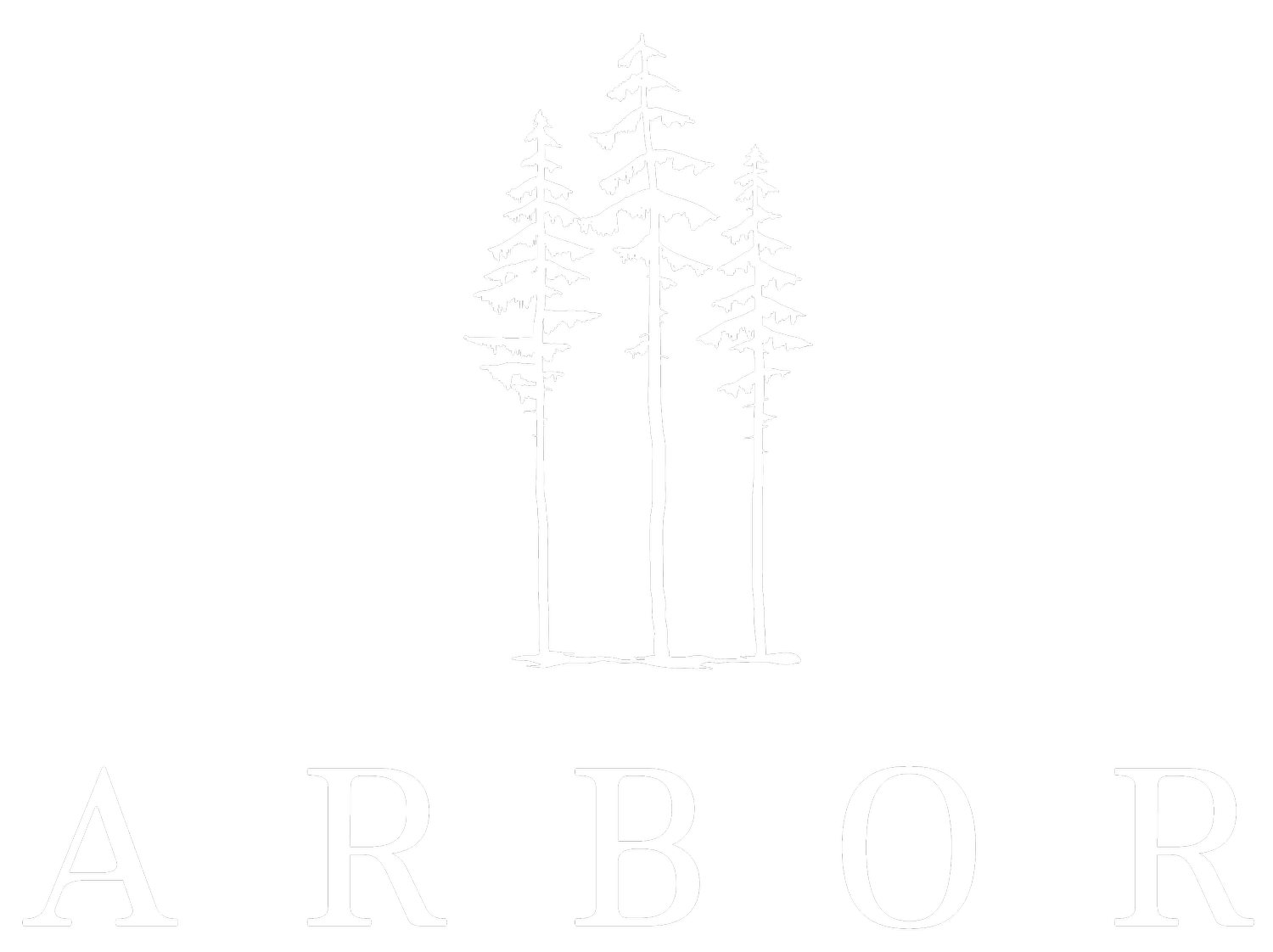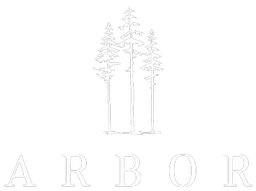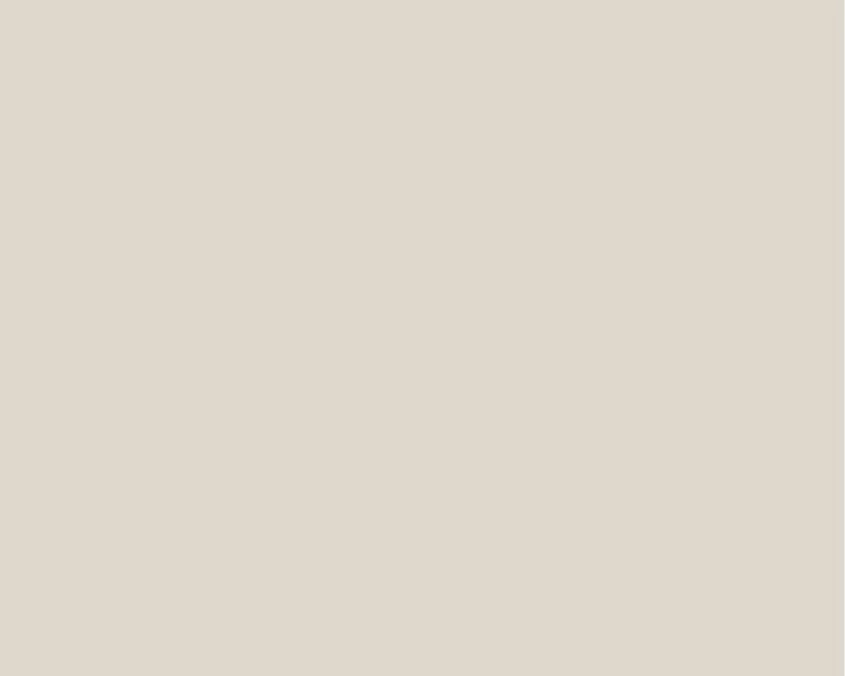
Exterior Cladding
Selecting the right external cladding for your shepherd hut is crucial, as it significantly impacts the overall aesthetic and feel. Each material presents a distinct visual identity. Consider your desired aesthetic and how the cladding will complement your surroundings. Do you envision a quaint escape nestled in nature, a contemporary garden retreat, or a homage to the shepherd's heritage? Choose the cladding that resonates with your vision.
Feathered edge cladding
Feathered edge cladding is a type of exterior cladding that is commonly used for residential and commercial buildings. It is a popular choice because of its simple and elegant design, which can complement any architectural style. In this type of cladding, the boards are cut to create a tapered edge, which gives the appearance of overlapping feathers.
The feathered edge cladding technique involves cutting boards at an angle to create a wedge shape which is then installed with the narrow end at the top, and the wider end at the bottom. This creates a natural overlap and allows water to run off the cladding, making it an effective way to protect the building from the elements.
Our feathered edge cladding is available in a range of finishes, including natural, painted or stained.
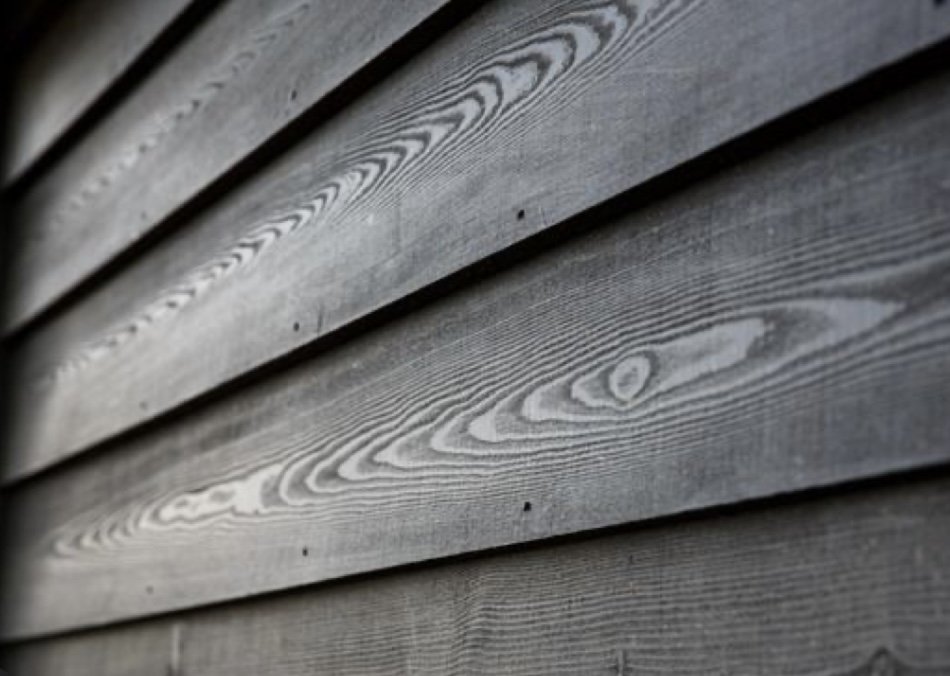
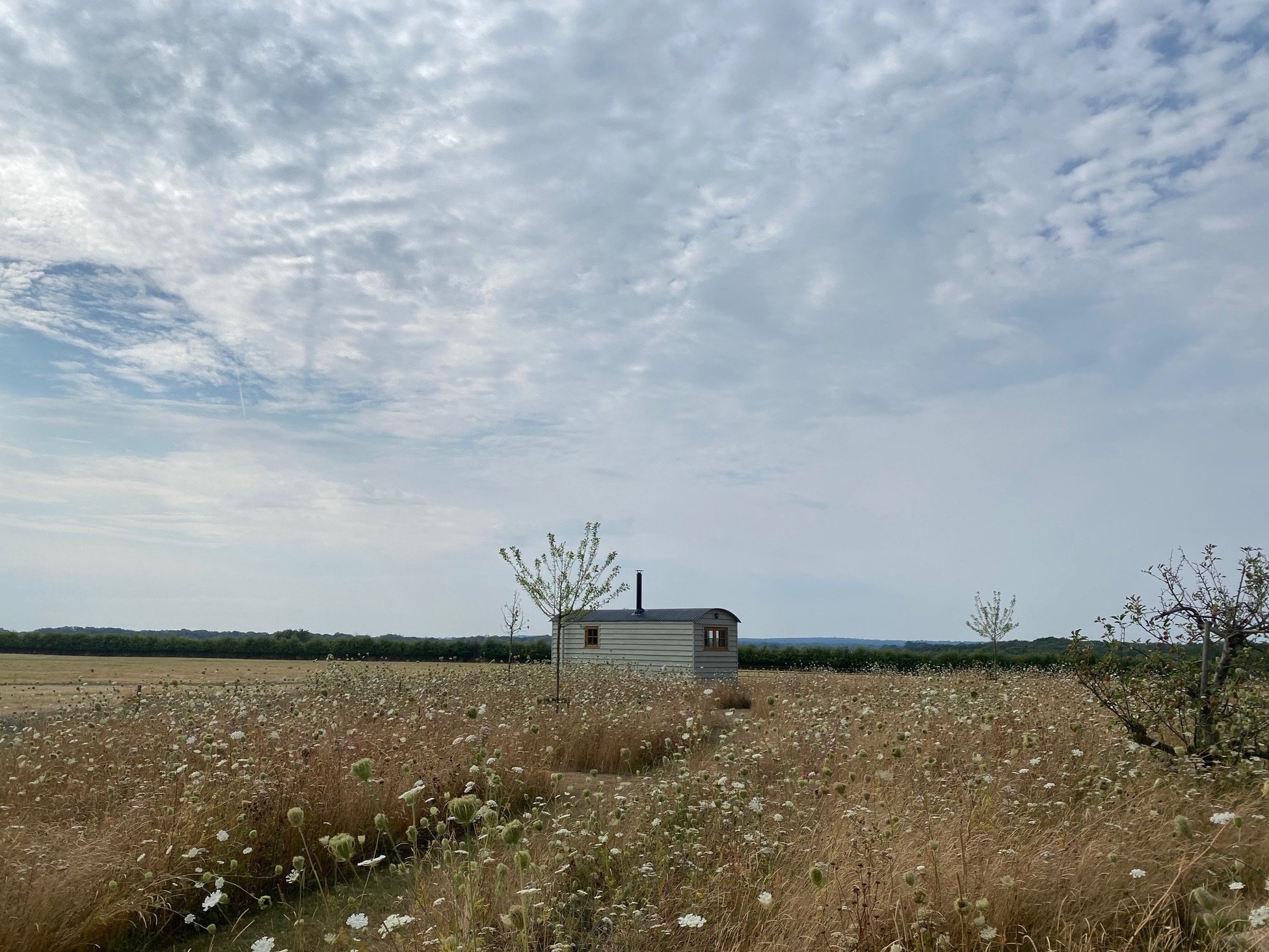

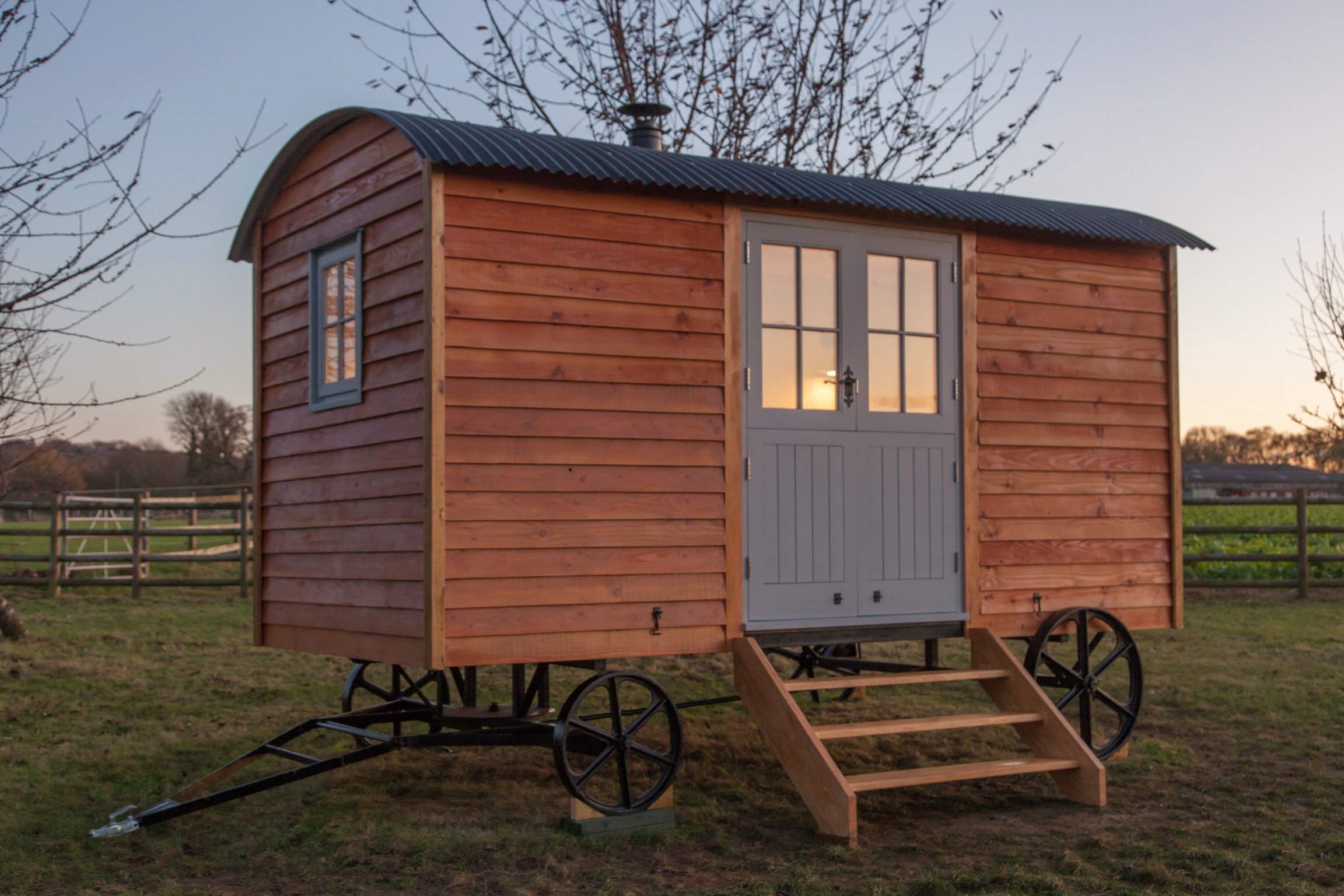
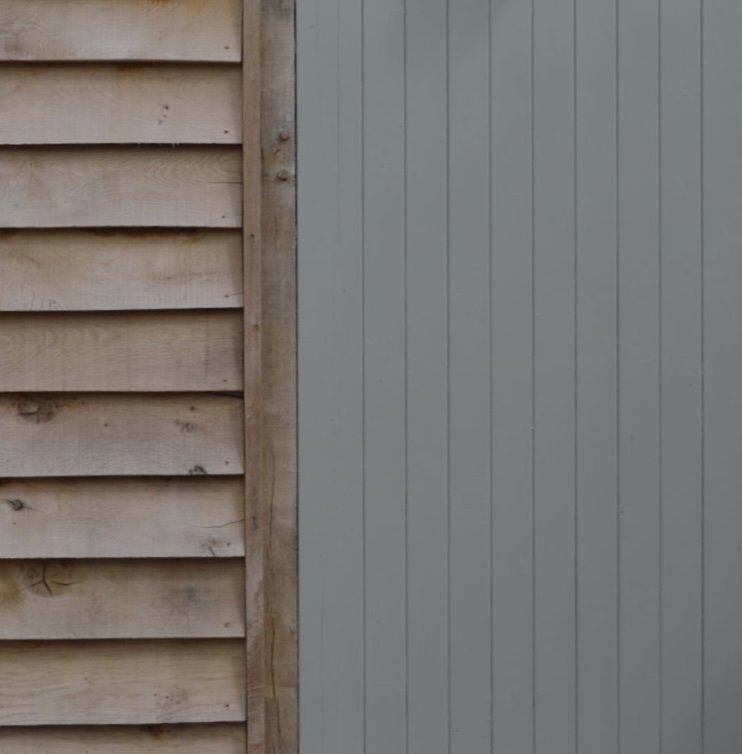

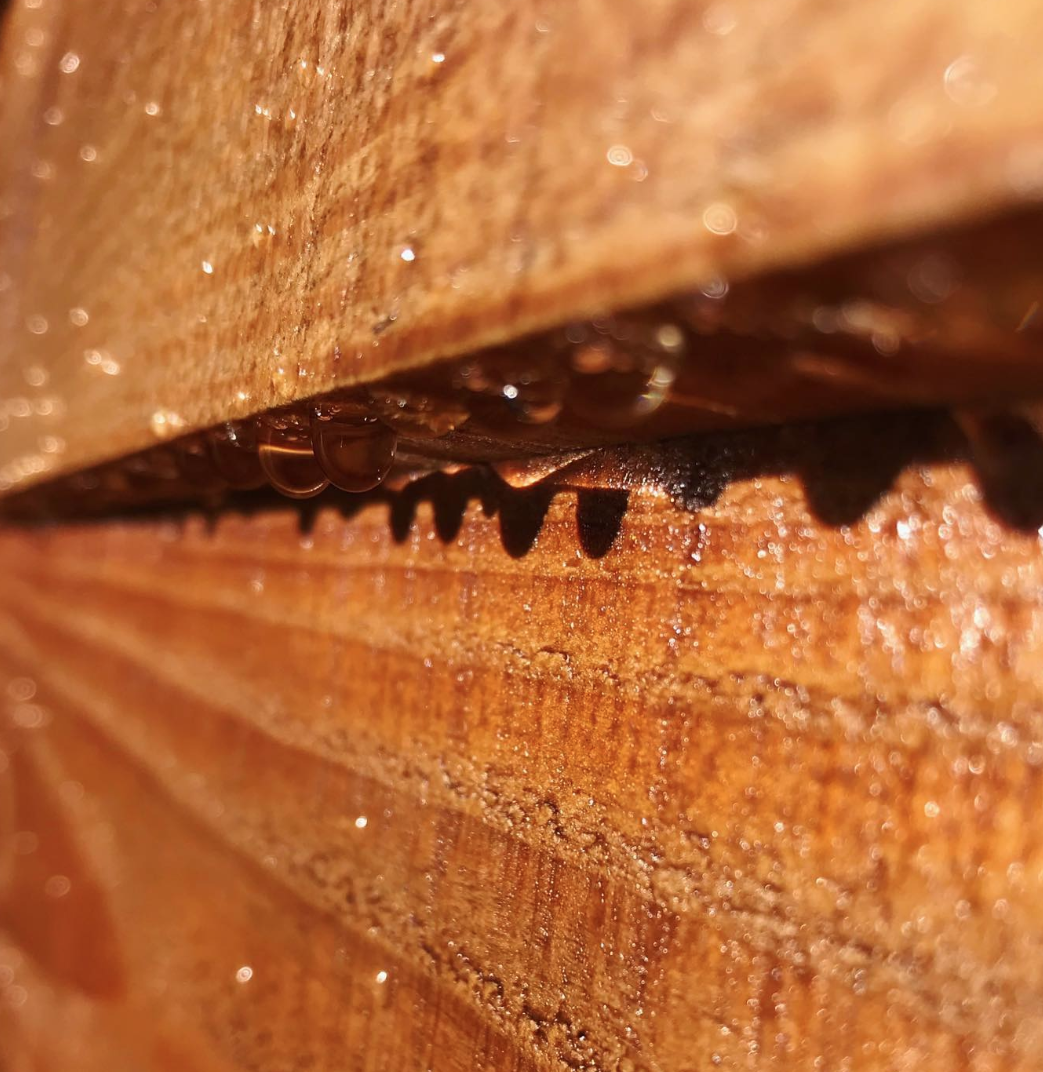
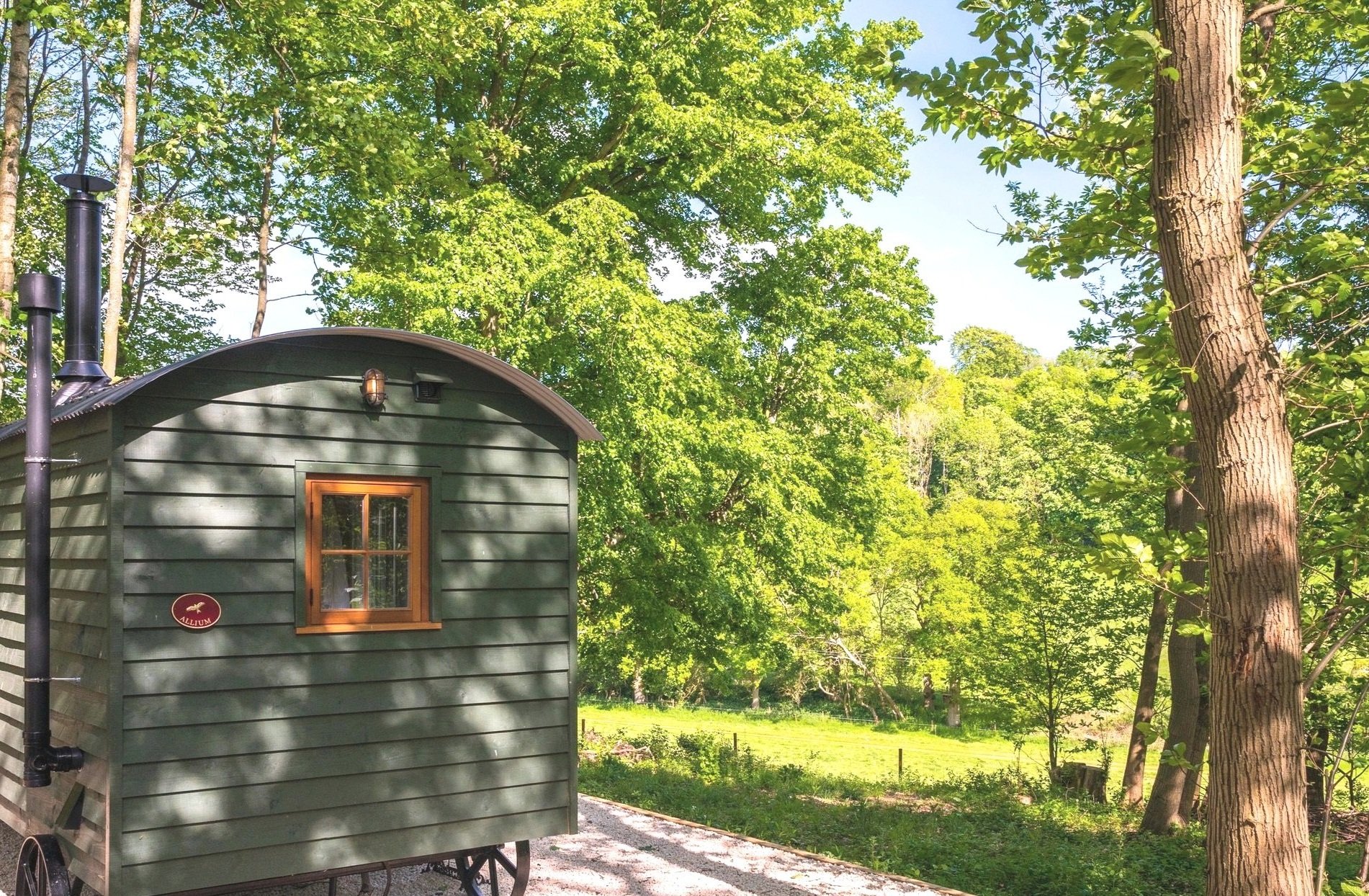
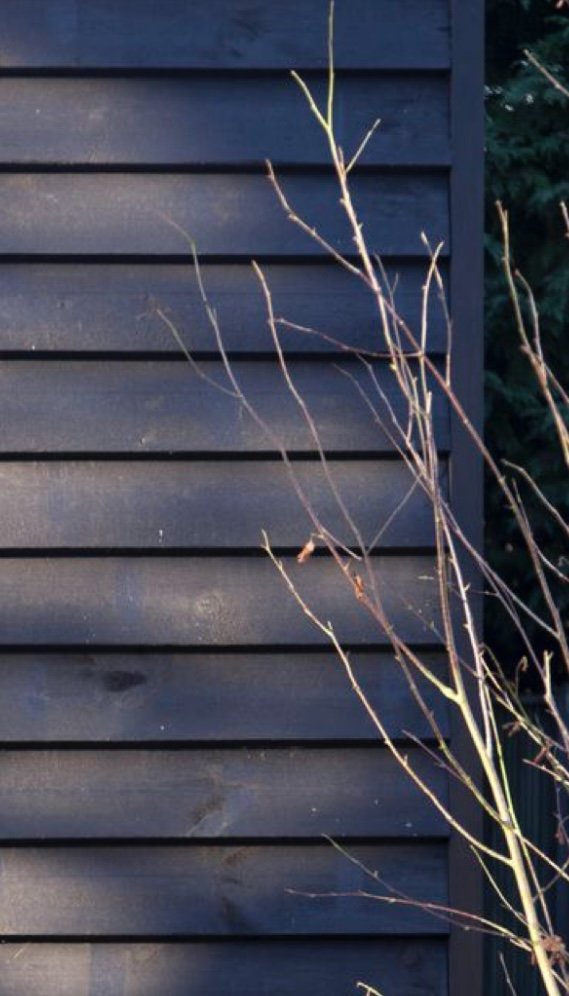
Feathered Edge Treatment
The most common treatments used on feathered edge cladding are painting and staining. Painting feathered edge cladding involves applying a coat of paint over the surface of the wood. This treatment is ideal for those who want a uniform look for their cladding. Painted feathered edge cladding can be easier to maintain as it only requires regular cleaning with soap and water. Additionally, painted cladding provides better protection against the elements, such as rain and wind, as the paint creates a barrier that prevents moisture from seeping into the wood.
On the other hand, staining feathered edge cladding involves applying a semi-transparent or transparent coat of stain to the surface of the wood. This treatment is ideal for those who want to preserve the natural look of the wood. Staining allows the natural grain and texture of the wood to show through, giving it a warm and rustic appearance. Staining provides protection against UV rays, which can cause the wood to fade over time.
If you’re looking for a more natural look, you might choose to leave your feathered edge cladding untreated. While this may require more maintenance over time, it allows the natural beauty of the wood to shine through. This can be especially appealing if you have a home in a rural or wooded area, where the natural surroundings can complement the wood siding.
Ultimately, the treatment you choose for your feathered edge cladding will depend on your personal preferences, as well as the environment in which you live. Whether you choose to paint, stain, or leave it natural, taking care of your feathered edge cladding will ensure that it remains a beautiful and durable feature of your shepherd hut for years to come.
Feathered edge cladding paints
Corrugated cladding
The corrugated iron cladding of a shepherd's hut is a popular choice for several compelling reasons. First and foremost, it's incredibly durable and weatherproof. The ribbed profile sheds precipitation effectively, while the galvanised steel construction resists corrosion and stands up to harsh winds and temperature extremes. This makes it a low-maintenance option, requiring minimal upkeep compared to wood or other materials.
Furthermore, corrugated iron is cost-effective, readily available, and easy to install, making it a budget-friendly option for both traditional hut builders and contemporary glamping enthusiasts. Its lightweight nature simplifies construction and transportation, further adding to its practicality.
Beyond its practical benefits, corrugated iron possesses a certain aesthetic appeal. The rhythmic texture of the waves adds visual interest, while the weathered patina over time can lend a rustic charm or a minimalist modern feel, depending on the hut's design and setting. Its versatility allows for customisation through paint or natural weathering, enabling owners to personalise their huts and express their individual style.
The popularity of corrugated iron cladding on shepherd's huts stems from its unique combination of practicality, affordability, and aesthetic appeal. It offers a durable, weatherproof shell that requires minimal maintenance, all while contributing to the hut's charming character and adaptability.
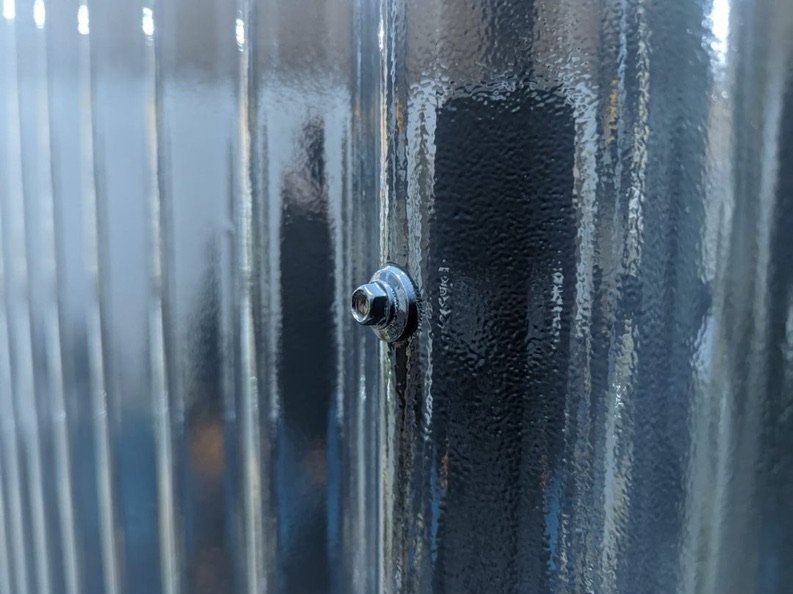

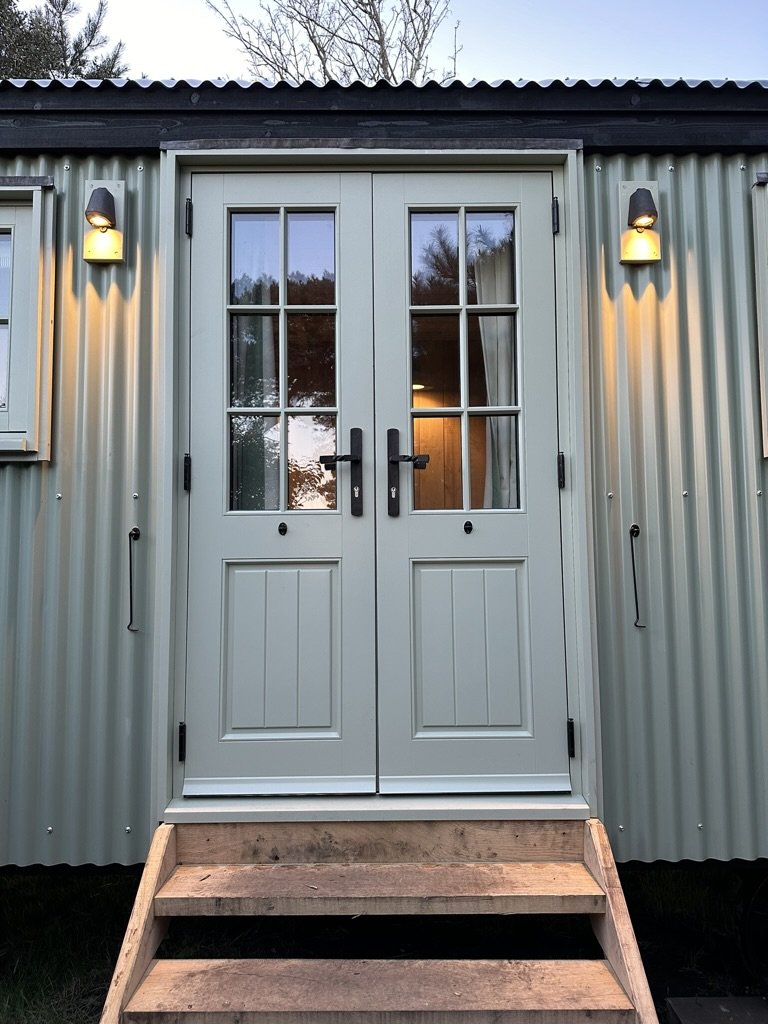
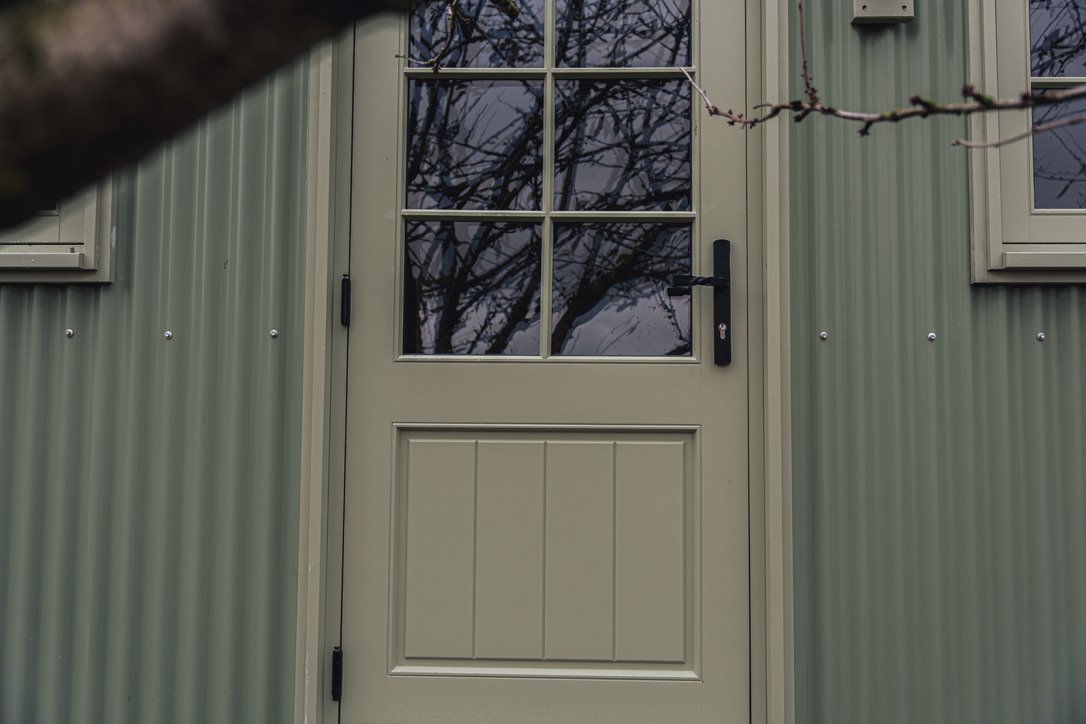
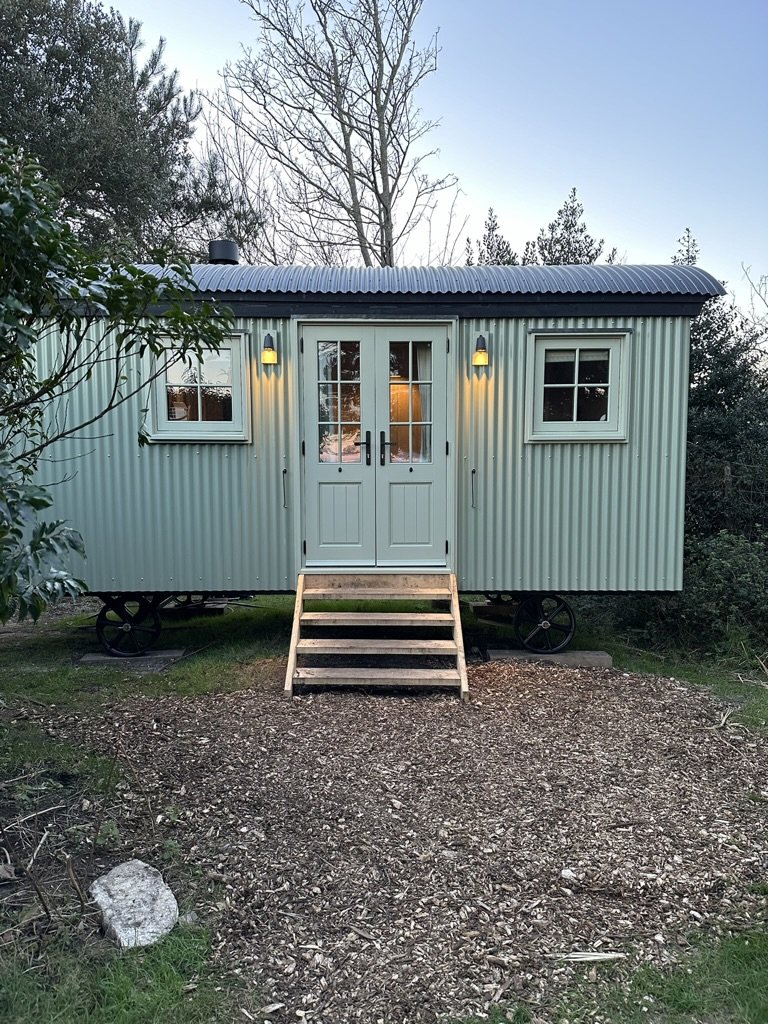
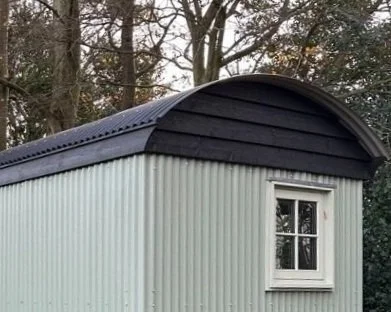
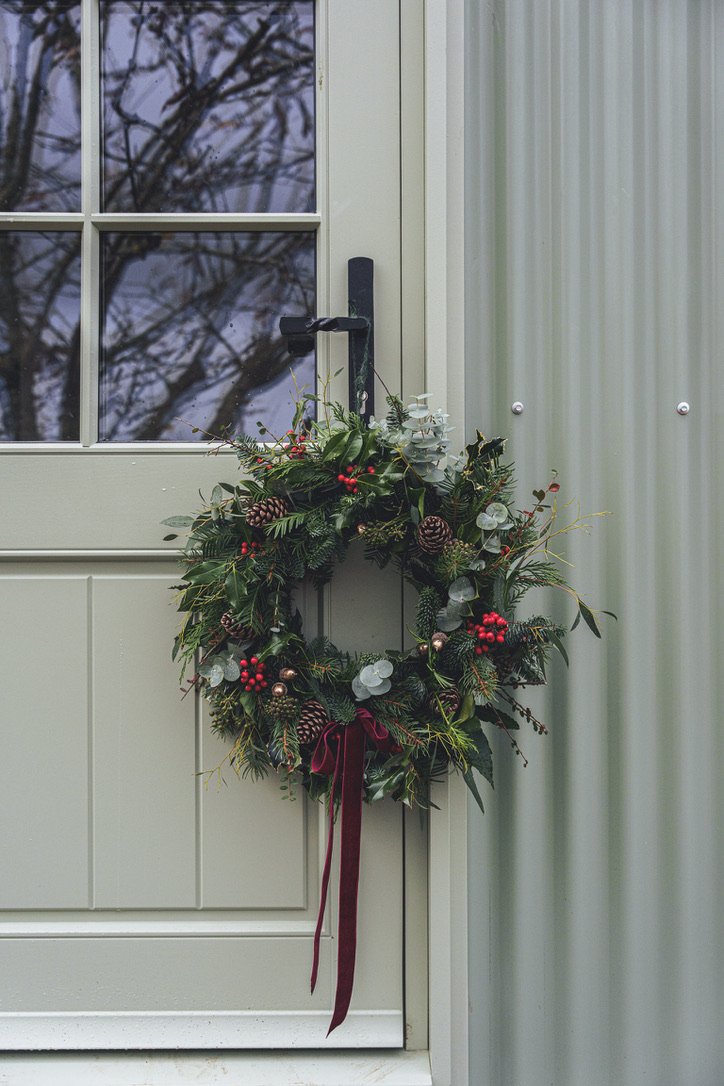

The colour palette you choose for your corrugated shepherd hut's exterior has a profound impact on its overall aesthetic and ambiance. It's not just about personal preference; location and desired atmosphere play a crucial role in finding the perfect shade.
For seamless integration into a lush, natural setting, earth tones reign supreme. On the other hand, dramatic locations like windswept cliffs call for bolder statements. A crisp navy blue mirrors the vastness of the ocean, while a sun-bleached green captures the warmth of the setting sun. These colours make your shepherd hut a prominent feature. Beyond location, consider the desired mood. For a rustic vibe, embrace the natural weathering of the metal, allowing it to develop a unique patina over time. Black can also be a powerful choice, offering sophistication and a touch of mystery.
However, if you desire a playful charm, pastels like mint green or baby blue can lend a whimsical, fairytale cottage feel. Remember, your shepherd hut is a reflection of your personality, so don't be afraid to let your colours sing! Ultimately, selecting the right colour for your corrugated shepherd hut is a strategic decision. It's about considering its surroundings, the ambience you wish to create, and expressing your unique style. Choose wisely, and watch your little metal haven become a true masterpiece of both practicality and personality.
Corrugated colour options
Corrugated cladding colour options
Cedar cladding
Cedar cladding elevates a shepherd's hut from rustic to refined, exuding a warmth and character. The rich, honeyed tones of the wood, with its subtle variations in grain and knots, lend a sense of organic luxury. It's instantly inviting and effortlessly stylish.
The natural beauty of cedar complements any setting, whether nestled in a wildflower meadow or perched beside a lake. Its earthy elegance blends seamlessly with nature, creating a harmonious retreat that feels like an extension of the landscape. And as the wood ages, it develops a silvery patina that adds depth and a touch of timeworn charm.
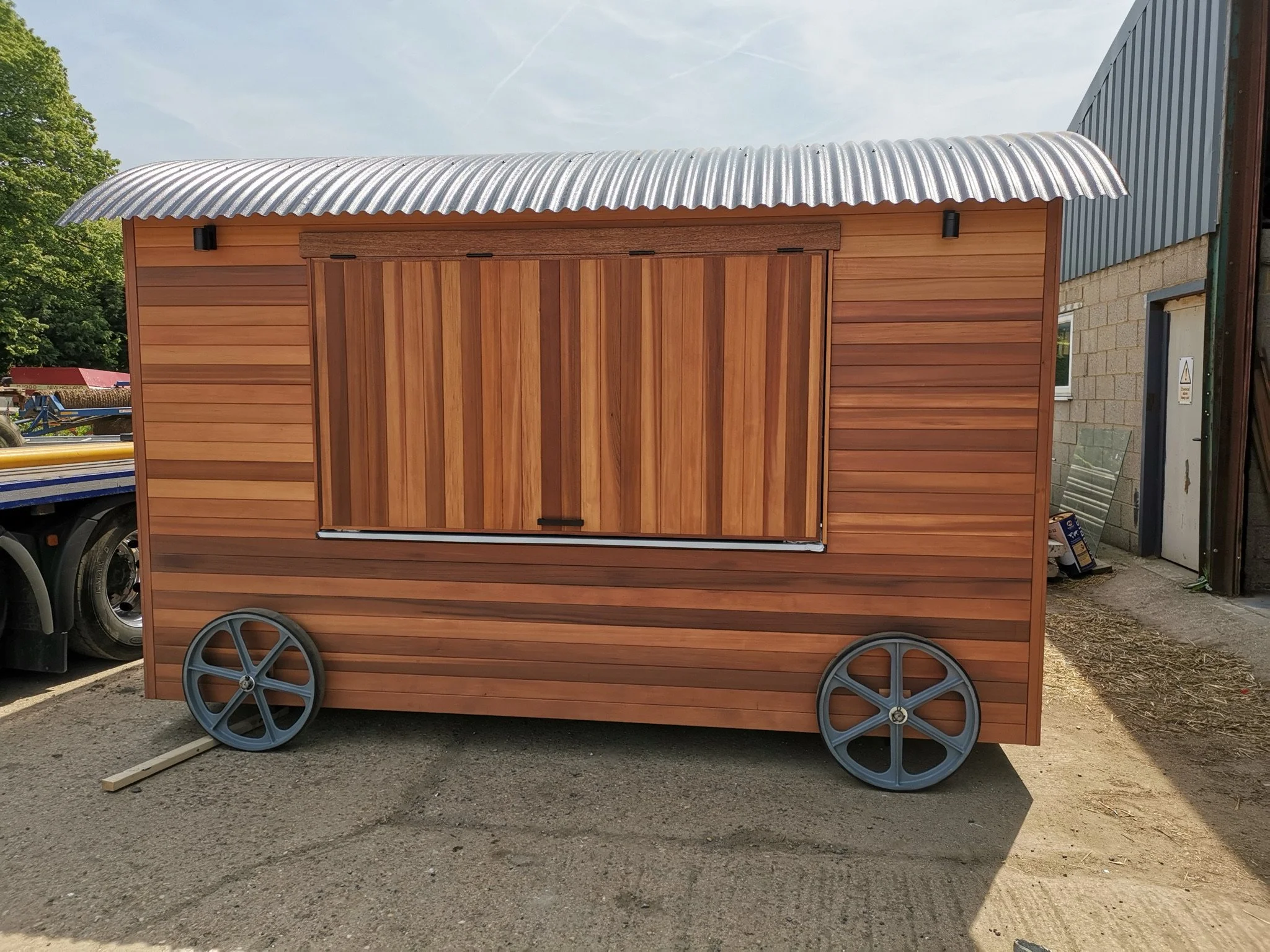
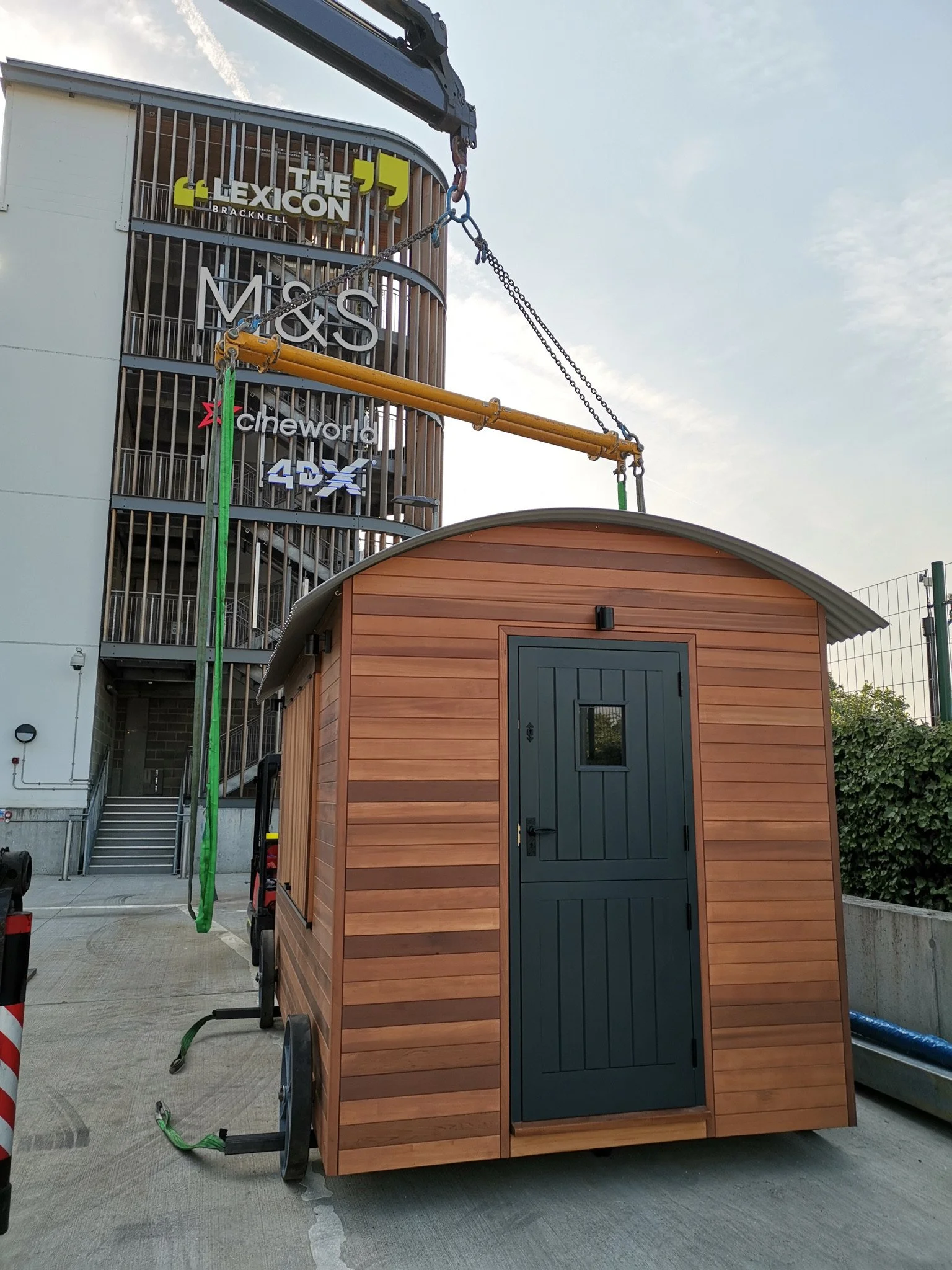
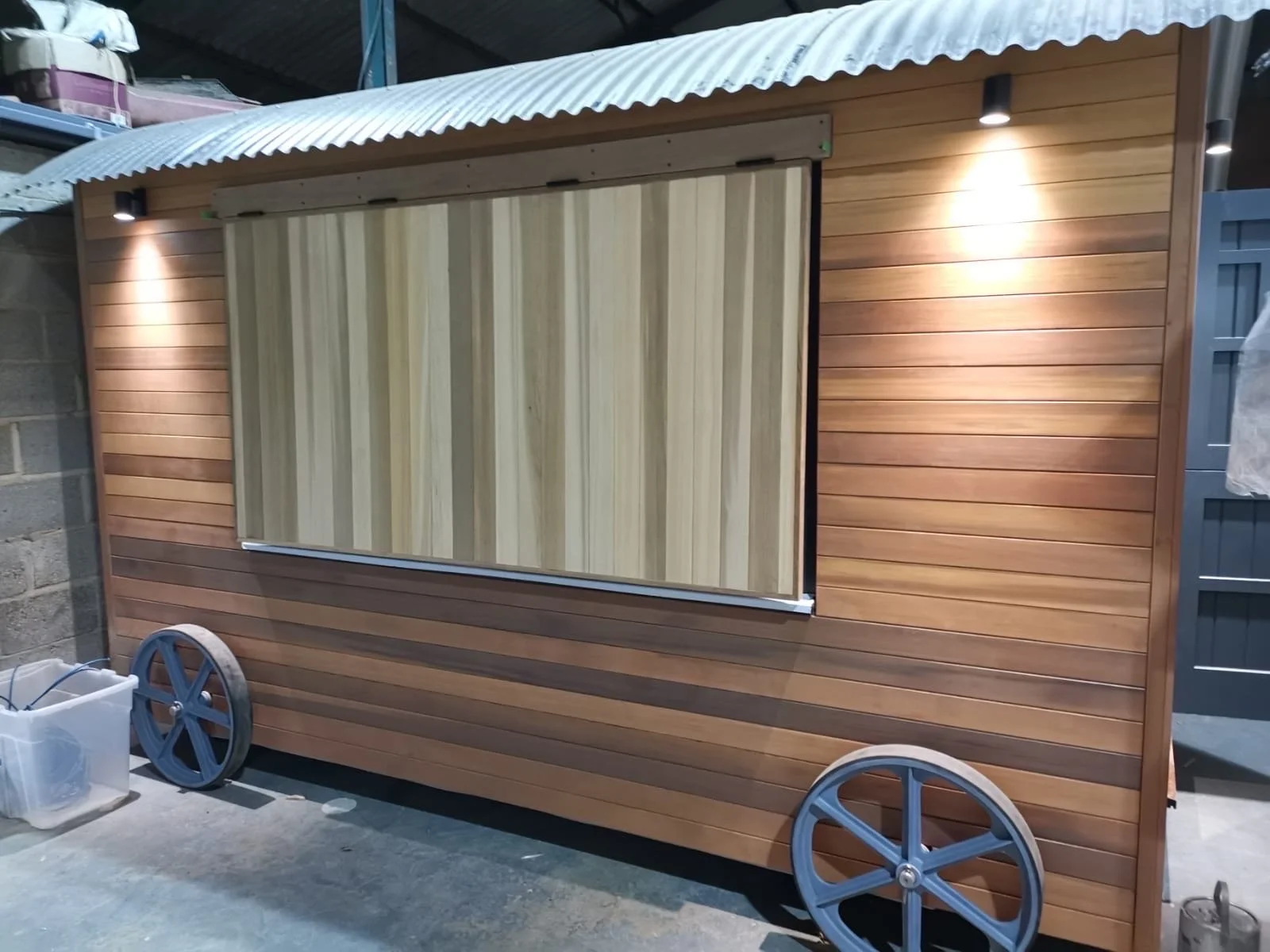
Cladding orientation
One of the most impactful design choices you can make when customising your shepherd hut is the orientation of the exterior cladding. It might seem like a small detail, but whether you opt for horizontal or vertical boarding can dramatically influence the overall aesthetic of your shepherds hut. Horizontal cladding offers a classic, traditional look – the kind often associated with agricultural buildings and heritage craftsmanship. It grounds the hut in its rural roots, giving it a timeless, settled appearance that feels at home in countryside surroundings. Vertical cladding, on the other hand, leans more towards a cleaner, contemporary style. It can help elongate your shepherds hut visually, giving it a slightly taller, more architectural feel. It’s a great option for those looking to add a subtle modern edge while still embracing the natural materials and craftsmanship that define our builds.
Whichever you choose, the cladding orientation becomes a key part of your hut’s identity – influencing everything from curb appeal to how it compliments its setting.
